Chinese Furniture For Sale – Whether through their durability, aesthetic appeal, or the values they embody, these products go beyond simple transactions. This can be particularly advantageous for entrepreneurs who might have experience in business operations but lack the time or resources to build a new venture from the ground up. They also have access to networks of potential buyers and sellers, which can help expedite the sale process and increase the chances of a successful transaction. Quality products often come with warranties and customer service support, offering peace of mind to consumers who are investing in something that will serve them well over time. Online platforms such as eBay, Craigslist, and Facebook Marketplace have made it easier than ever for individuals to sell their unwanted items to a global audience. Another key benefit of second-hand goods is their positive impact on the environment. Many people find that buying second-hand furniture allows them to acquire high-quality pieces that are built to last, often with a level of craftsmanship that is hard to find in mass-produced furniture. Therapists offer their services for a fee, and online courses promise to give us the knowledge we need to succeed — all in exchange for money. There are communities that exist outside the realm of traditional commerce, where sharing, collaboration, and mutual support take precedence over profit. These generations are more aware of the environmental impact of fast fashion, disposable goods, and the need to adopt more sustainable practices. The ability to share knowledge, ideas, and resources has empowered individuals in ways that were previously unimaginable. They also often help with legal and financial aspects, ensuring that the transaction is completed smoothly and efficiently. A person might sell a beloved possession to fund an important life change, such as starting a business, moving to a new city, or pursuing a dream. The object becomes more than just an object – it transforms into a transaction, an exchange of value. This shift from a linear economy, where products are made, used, and disposed of, to a circular one, where products are continually reused and repurposed, is a step towards a more sustainable and environmentally friendly world. The sale process itself can be lengthy and involves multiple stages. This ensures that the product is fully functional and free of defects, providing peace of mind for buyers. The sale agreement will include details about the purchase price, payment terms, assets being transferred, and any contingencies that may apply. The due diligence process helps the buyer understand the risks involved, the company’s market potential, and any legal or operational hurdles that may exist. Whether it’s the sleek lines of a designer chair or the intricate patterns on a handwoven rug, quality goods are often as much about aesthetics as they are about functionality.
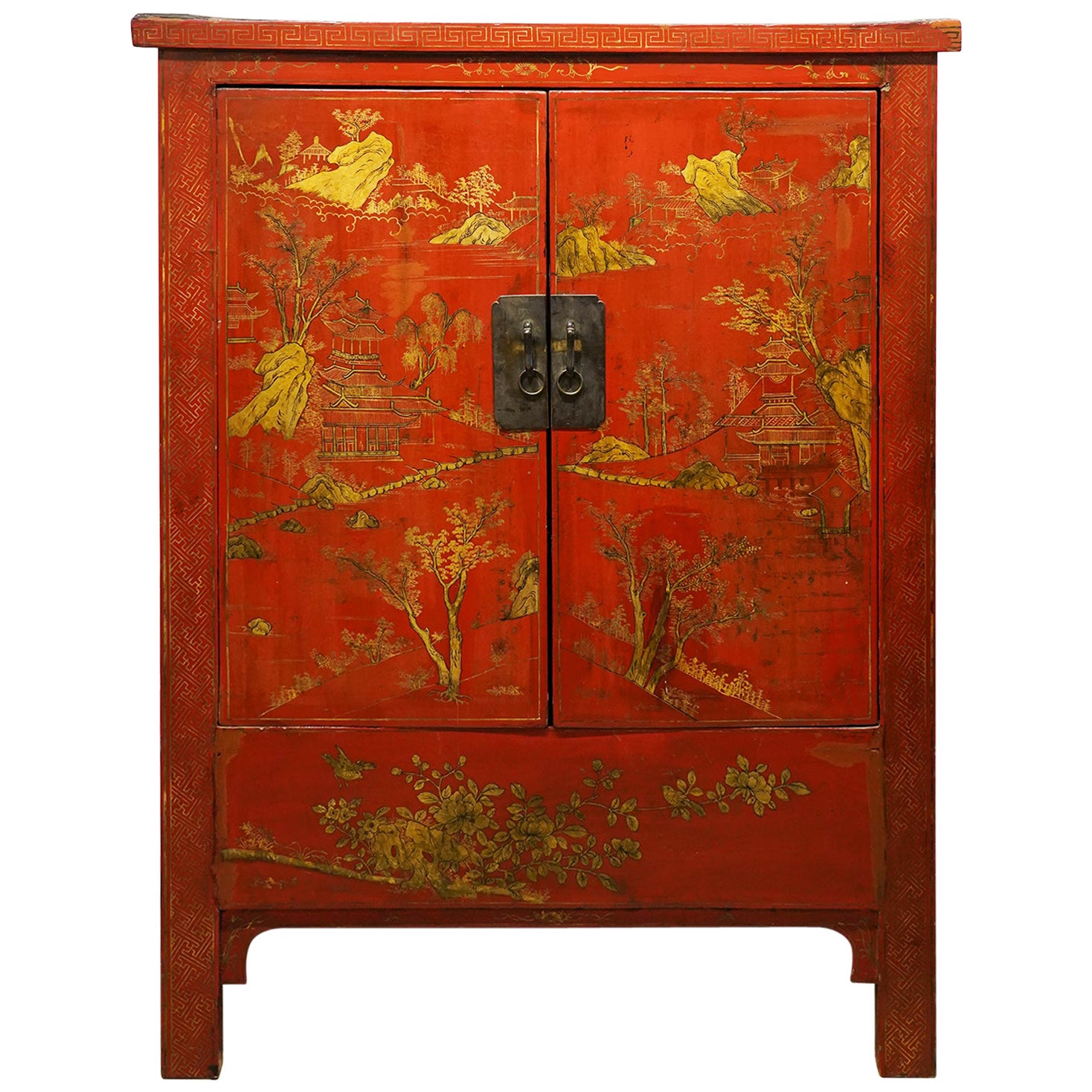
Mid19th Century Chinese TwoDoor For Sale at 1stDibs
30+ years of experiencesitewide free shippinghigh end craftmanship

Eastern Curio Shanghai Limited Traditional
30+ years of experiencesitewide free shippinghigh end craftmanship
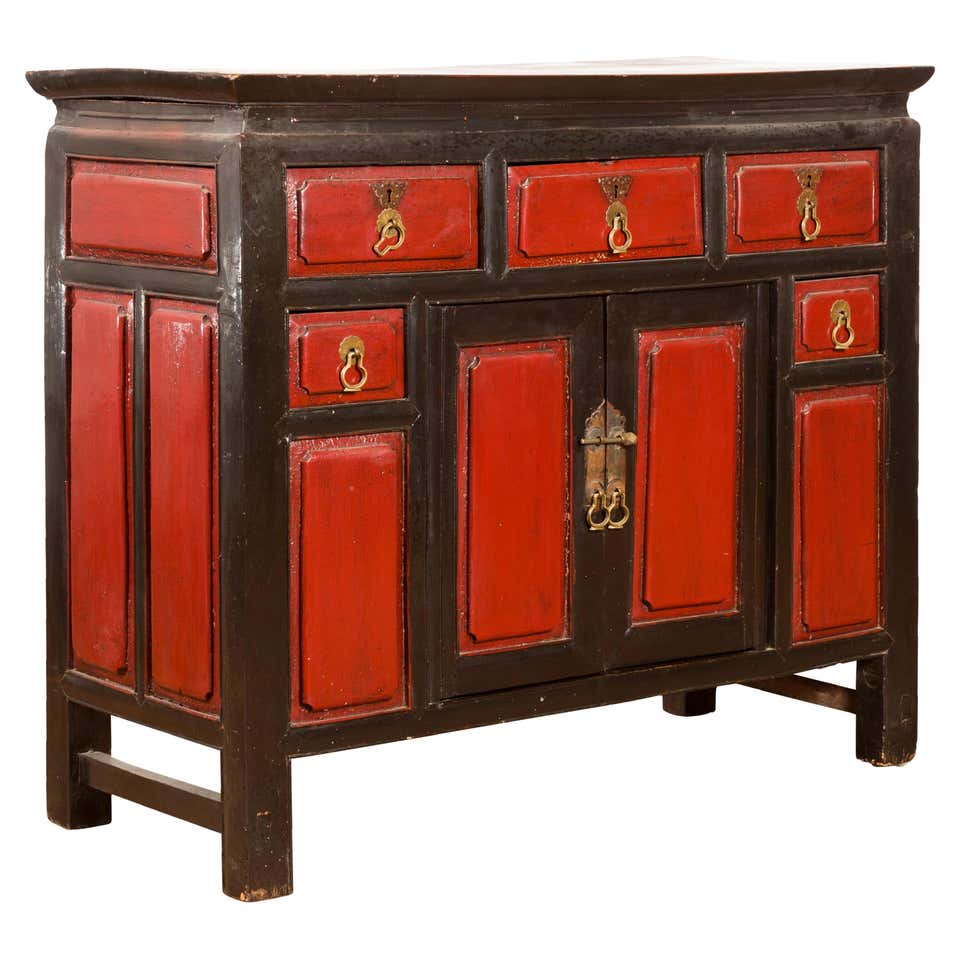
Antique Asian Furniture 2,341 For Sale at 1stdibs
30+ years of experiencesitewide free shippinghigh end craftmanship
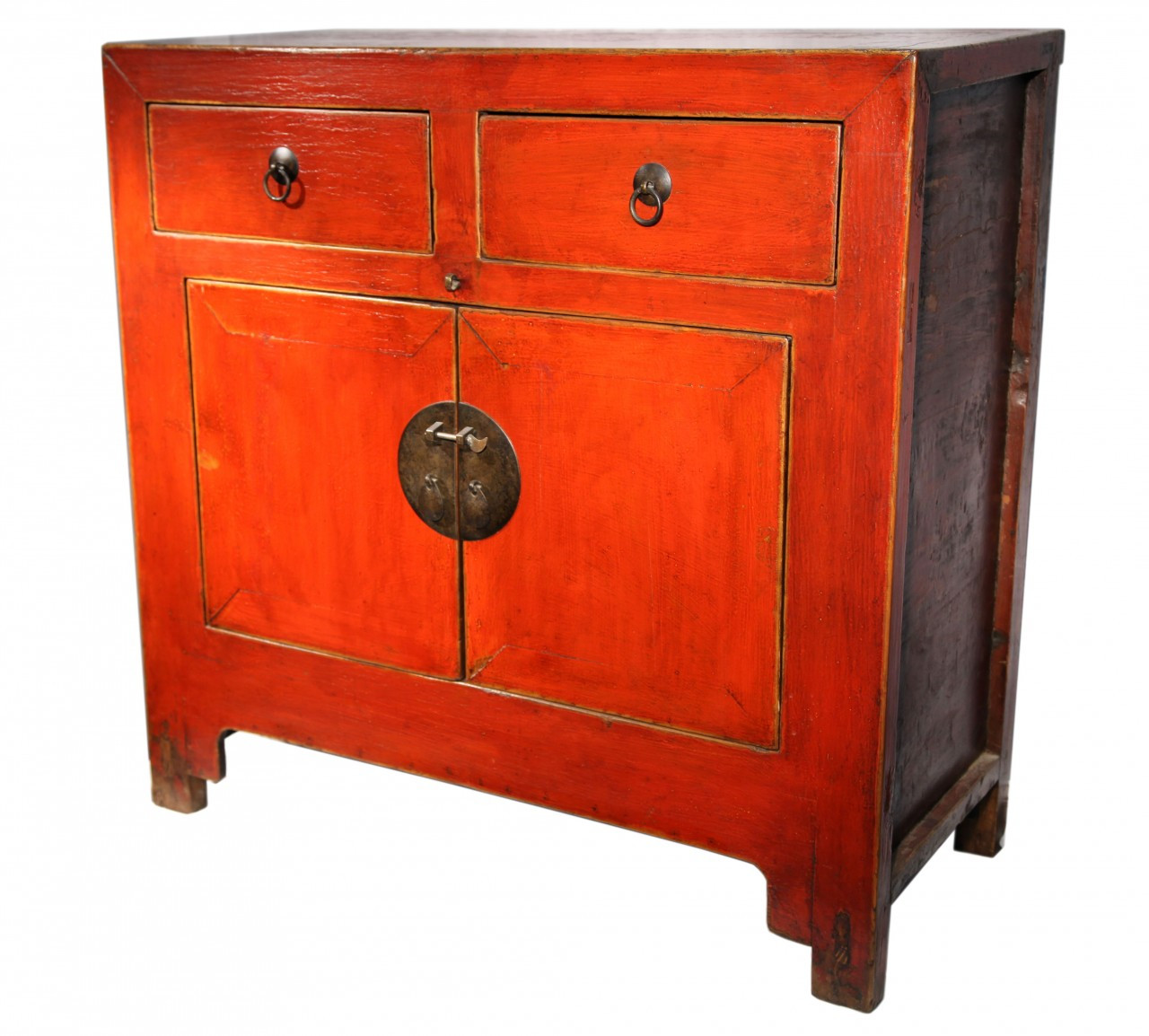
Chinese Antque in Red 38'' Wide For Use in Asian Style
30+ years of experiencesitewide free shippinghigh end craftmanship
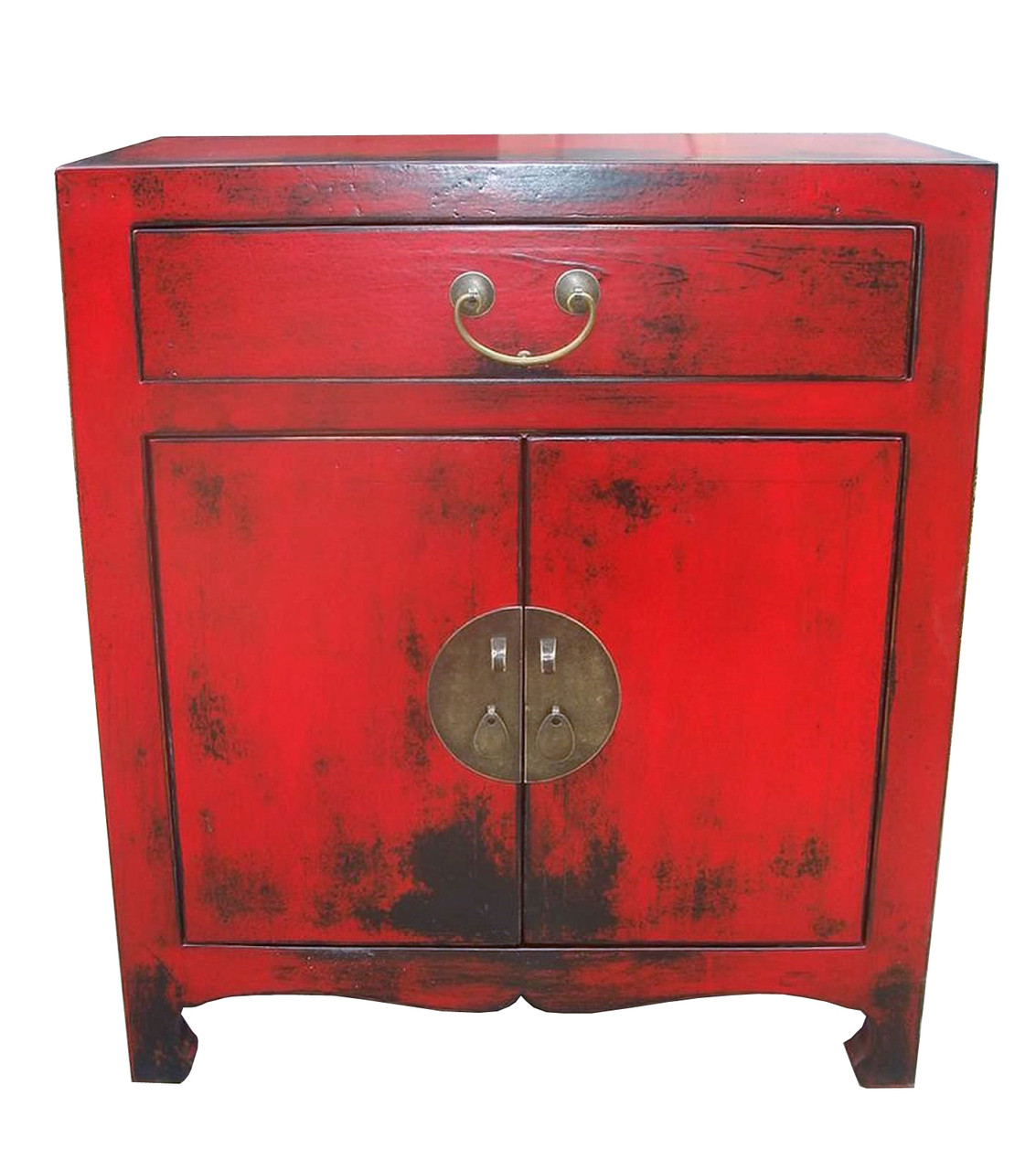
Elmwood Oriental in Red Lacquer with 2 Doors and Shelf 27''H
30+ years of experiencesitewide free shippinghigh end craftmanship
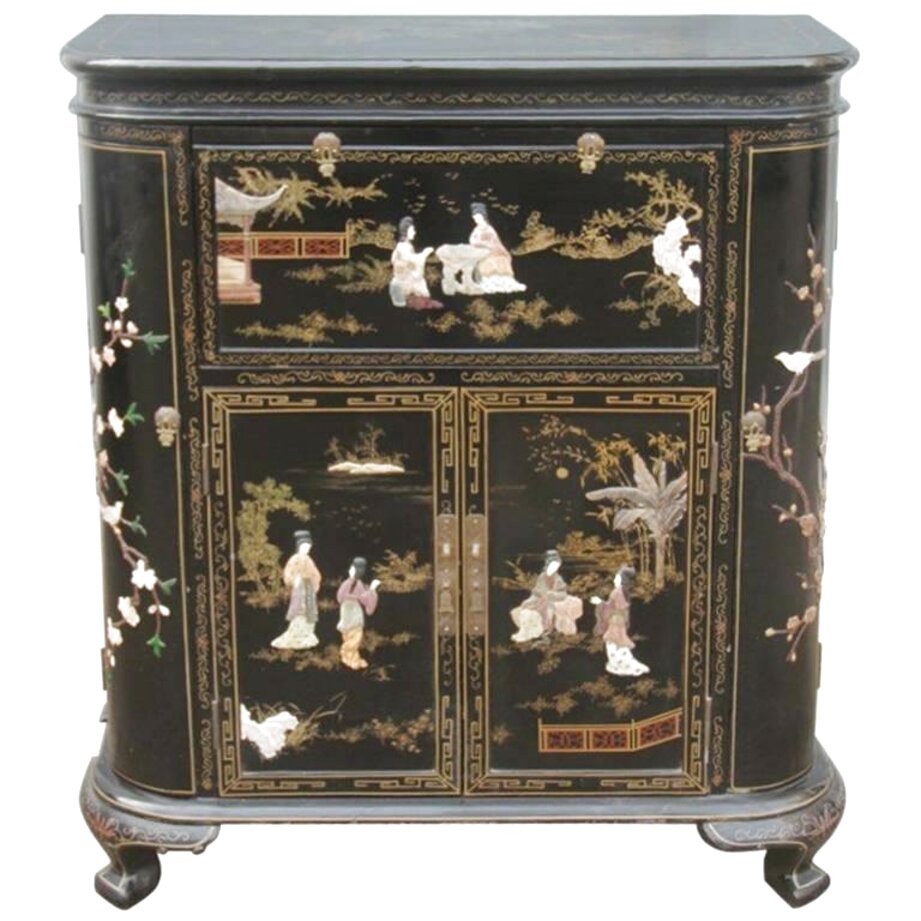
Second hand Chinese in Ireland 52 used Chinese
30+ years of experiencesitewide free shippinghigh end craftmanship
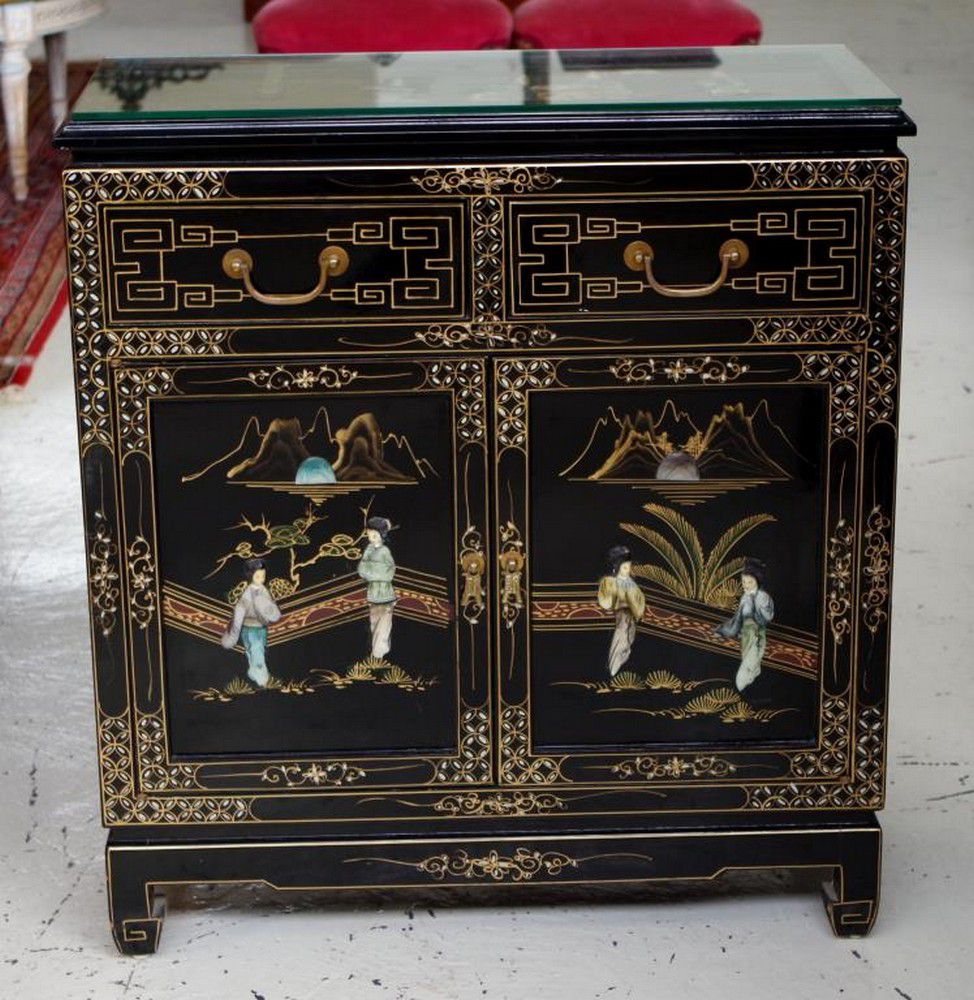
Black lacquered Chinese with raised decoration panels
30+ years of experiencesitewide free shippinghigh end craftmanship
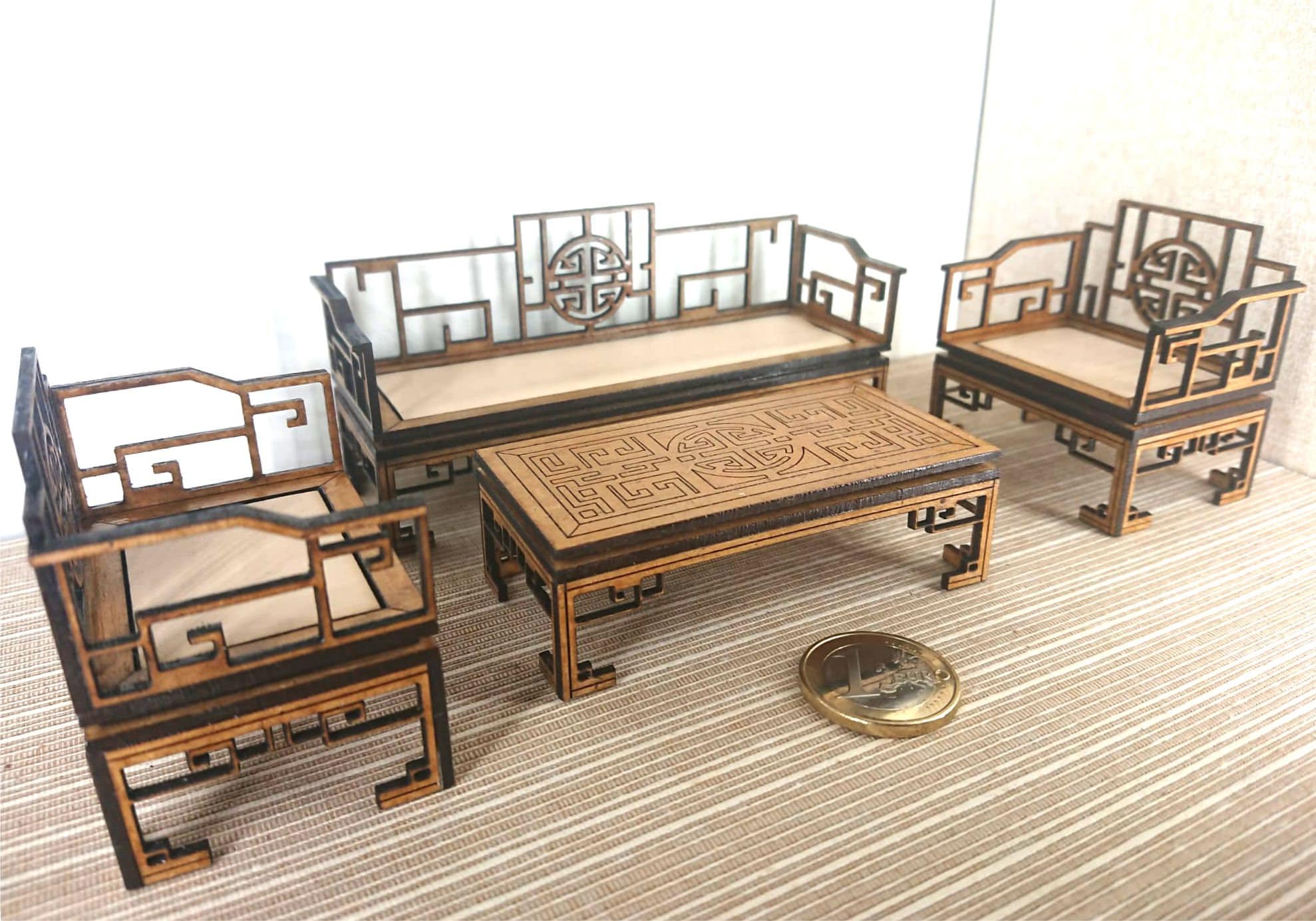
Chinese Furniture Living Room Set With 2 Armchairs 1 Sofa Etsy Canada
30+ years of experiencesitewide free shippinghigh end craftmanship

Classical Chinese furniture a collecting guide Christie's
30+ years of experiencesitewide free shippinghigh end craftmanship

Sold Price RED LACQUERED CHINESE January 3, 0120 600 PM CST
30+ years of experiencesitewide free shippinghigh end craftmanship
At its core, “for sale” signifies that something is available for purchase, but beyond that, it tells a story of desire, exchange, and transition. Second-hand record stores and online marketplaces like Discogs have become hotspots for vinyl enthusiasts, providing a platform for buying, selling, and trading records. It’s a small but significant way to make a positive impact on the planet, especially when one considers the volume of waste generated by fast fashion, electronic waste, and disposable goods. When everything becomes a transaction, we risk losing sight of what truly matters. Although the transaction may be challenging at times, the opportunity to buy or sell a business can open doors to new ventures, provide financial rewards, and enable entrepreneurs to pursue their goals. The sale and purchase of second-hand goods play a pivotal role in this transition, demonstrating how individuals can make a meaningful impact through everyday choices. It’s a moment of transition, and as with all transitions, it brings with it both excitement and uncertainty. It carries the marks of life’s moments: the road trips, the adventures, the daily commutes, the memories of friends and family. In conclusion, second-hand goods for sale represent more than just a financial transaction; they embody a shift toward sustainability, individuality, and social responsibility. For fashion-conscious individuals, buying second-hand is a way to express their personal style while also supporting sustainable practices. For instance, businesses in industries such as technology, renewable energy, or e-commerce may attract more buyers due to their perceived growth potential. For the seller, the goal is often to maximize the value of the business, which requires a clear understanding of the company’s assets, liabilities, and future earning potential. Whether buying vintage clothing, upcycled furniture, or pre-owned electronics, the growing popularity of second-hand shopping reflects a broader desire for more sustainable, creative, and conscious ways of living. A person might sell a beloved possession to fund an important life change, such as starting a business, moving to a new city, or pursuing a dream. Beyond financial savings and environmental impact, second-hand goods also offer a sense of nostalgia and connection to the past. These goods, once owned and used by someone else, offer a unique opportunity for both sellers and buyers to exchange items that might otherwise go unused. These goods, ranging from clothing to furniture, electronics to books, offer people the chance to find items they need or want at a fraction of the cost of new products. On the other, there’s the challenge of assessing the true value of a business, navigating the complex negotiations, and ensuring that the business is a sound investment in terms of both its financial health and its long-term viability. For some, selling something may feel like a sacrifice, while for others, it may feel like an investment in their future. The practice of buying and selling second-hand items has been around for centuries, but in recent years, it has seen a resurgence.
These goods aren’t just products; they are symbols of craftsmanship, heritage, and pride. It doesn’t fall apart after a few uses, nor does it need to be replaced after a season. Whether it’s a high-end designer handbag, a gently used sofa, or a vintage record player, the price difference between a new and a second-hand item can be significant. As society has evolved, the scale of production has expanded, and many quality goods are now mass-produced or distributed through large retail chains. For many, purchasing second-hand goods is not only a practical and affordable choice but also an environmentally conscious one. We live in a society where people constantly trade their time for money, their expertise for compensation, their dreams for tangible rewards. Whether buying vintage clothing, upcycled furniture, or pre-owned electronics, the growing popularity of second-hand shopping reflects a broader desire for more sustainable, creative, and conscious ways of living. Millennials and Gen Z, in particular, have embraced the idea of second-hand shopping as a way to challenge consumerism, reduce waste, and express their individuality. In some cases, a business may look profitable but may be hiding significant underlying issues, such as declining sales, ineffective marketing strategies, or employee dissatisfaction. This sense of history and individuality is part of what makes second-hand shopping so appealing. When a person creates something, they are offering a piece of themselves to the world, not for sale, but as a gift. In a world that often prioritizes convenience
The notion of a business for sale is one that captures the imagination of many. Influencers sell their attention, their opinions, their lives — all of it has become a form of commerce. For people looking to furnish their homes, build a wardrobe, or invest in certain hobbies or collections, second-hand goods often provide a way to access items they might otherwise be unable to afford. For the seller, the goal is often to maximize the value of the business, while for the buyer, the focus is on ensuring that the investment is sound and that the business can continue to thrive under new ownership. The struggle is not in resisting the marketplace entirely, but in finding balance, in ensuring that the things that truly matter cannot be bought, sold, or traded. For many, owning a quality product means owning a piece of history, a connection to something larger than themselves. These platforms provide a convenient way for sellers to connect with potential buyers, set their prices, and arrange for shipping or pick-up. Yet, despite this shift, the appeal of quality craftsmanship has not waned. The culture of buying second-hand goods is rapidly shifting in the modern world, particularly among younger generations.